In the home decor market, Farmhouse Sink (also known as an apron-front sink) is becoming a star product in kitchen renovations. With consumers' increasing demand for kitchen functionality and design, the complexity and professionalism of the installation process are becoming key growth drivers for the entire industry.
1. Market trend: Installation becomes the core competitiveness
According to industry statistics, about 10% of households renovate their kitchens each year, and the proportion choosing farmhouse sinks continues to rise.
This type of sink is highly favored for its outstanding appearance, large capacity, and diverse styles, but its installation is more difficult than that of ordinary recessed sinks. The sink can weigh hundreds of pounds, and the protruding front edge often requires modifications to the cabinet structure. The upgrade of installation from "accessory replacement" to "structural adjustment+sealing construction" has made professional installation a new competitive point for brands and contractors.
2. Preparation before installation: Measurement and support are key
The most significant difference between installing a farmhouse sink and a regular recessed sink is that it requires additional cabinet support. Because this type of sink is often heavy, especially ceramic or cast-iron models, improper installation can easily cause the cabinet to deform or sink.

Accurately measure dimensions
Before purchasing or installing, the following dimensions need to be confirmed:
Cabinet width and depth: Ensure they accommodate the sink's main body.
The size of the countertop opening should be slightly smaller than the sink's edge to support the sink's weight.
Sink front height: Determine the optimal height based on individual height and ergonomics.
Generally, a standard farmhouse sink is 30-36 inches wide and 8-10 inches high, but the specific installation needs to be adjusted to the cabinet's customized dimensions.
Reinforce the cabinet body
The bottom of the farmhouse sink usually needs to be supported by wooden boards or supporting frames. Standard support methods include:
Wooden crossbeam support: Install sturdy wooden strips on both sides of the cabinet to support the sink bottom.
Adjustable metal bracket: suitable for modern kitchen renovation, with flexible height adjustment.
Regardless of the method, the support must be able to withstand a weight of at least 100 pounds (approximately 45 kilograms).
3. Detailed installation steps
Installing a farmhouse sink requires some hands-on skills. If you plan to DIY, you can refer to the following process:
Step 1: Remove the old sink and countertop structure
Close the water supply valve and disconnect the drainage pipeline. Remove the old sink and readjust the cabinet front panel, or cut some countertops according to the height of the farmhouse sink.
Step 2: Install the support structure
Use wooden beams or metal frames to create horizontal support surfaces. Ensure that the support is stable, sturdy, and slightly lower than the final tabletop height by about 1/8 inch to leave a sealed space.
Step 3: Place and try installing the sink
Gently place the farmhouse sink into the reserved position, ensuring it is flush with the edges of the cabinets and countertops. Adjust the support height to ensure it is level. At this time, shock-absorbing or sealing pads can be attached to the sink's edge.
Step 4: Connect the drainage and overflow systems
Install drainage components and ensure that the sealing ring is properly placed to prevent water leakage. Farmhouse sinks are usually used with garbage disposers or multifunctional water filters and should be connected to the corresponding interface as instructed.
Step 5: Install the countertop and seal it
After confirming the sink's position, reinstall the countertop and cover it. Seal the sink edge at the junction with the countertop with waterproof silicone to prevent water from seeping into the cabinet interior.
4. Industry Service Trends: Standardization and Integration
With the increasing demand for installation, the industry is shifting towards the integration of "product+installation service":
Modular support system: The brand has launched prefabricated support frames and installation packages to shorten the construction period.
One-stop renovation plan: from sink selection to cabinet renovation, countertop installation, and sealing testing, all completed in one go;
Installation training: Contractors receive specialized training in installing farmhouse sinks to improve efficiency and reputation.
Logistics upgrade: Heavy-duty sinks require special packaging and insurance, and transportation has become an essential component of brand services.
5. Outlook: Specialization in installation brings new growth
The complexity of installing a farmhouse sink has made it a new profit growth point in the home decoration industry. With the popularization of modular materials and lightweight design, installation costs are expected to decrease gradually, and it is expected to spread from high-end transformation to the mid-range market in the next three to five years.
Installation quality not only determines the user experience but also directly affects brand reputation. For contractors, mastering the full process capability of "how to install farmhouse sinks" has become the core competitiveness. For the entire industry, standardization and specialization in this field are driving the home decoration market into a new stage, driven by installation.
6. Conclusion: The perfect combination of functionality and aesthetics
Installing a farmhouse sink is not just a kitchen renovation, but also a lifestyle choice. It blends tradition and modernity, placing equal emphasis on aesthetics and practicality whether you are a family pursuing the joy of handmade cooking or a young homeowner who values spatial design, a farmhouse sink can bring unique charm to the kitchen.
From measurement, reinforcement to sealing, every step reflects the importance of details. As long as the correct installation steps are followed, a high-quality farmhouse sink can not only improve kitchen efficiency but also become a timeless visual focal point in the home.

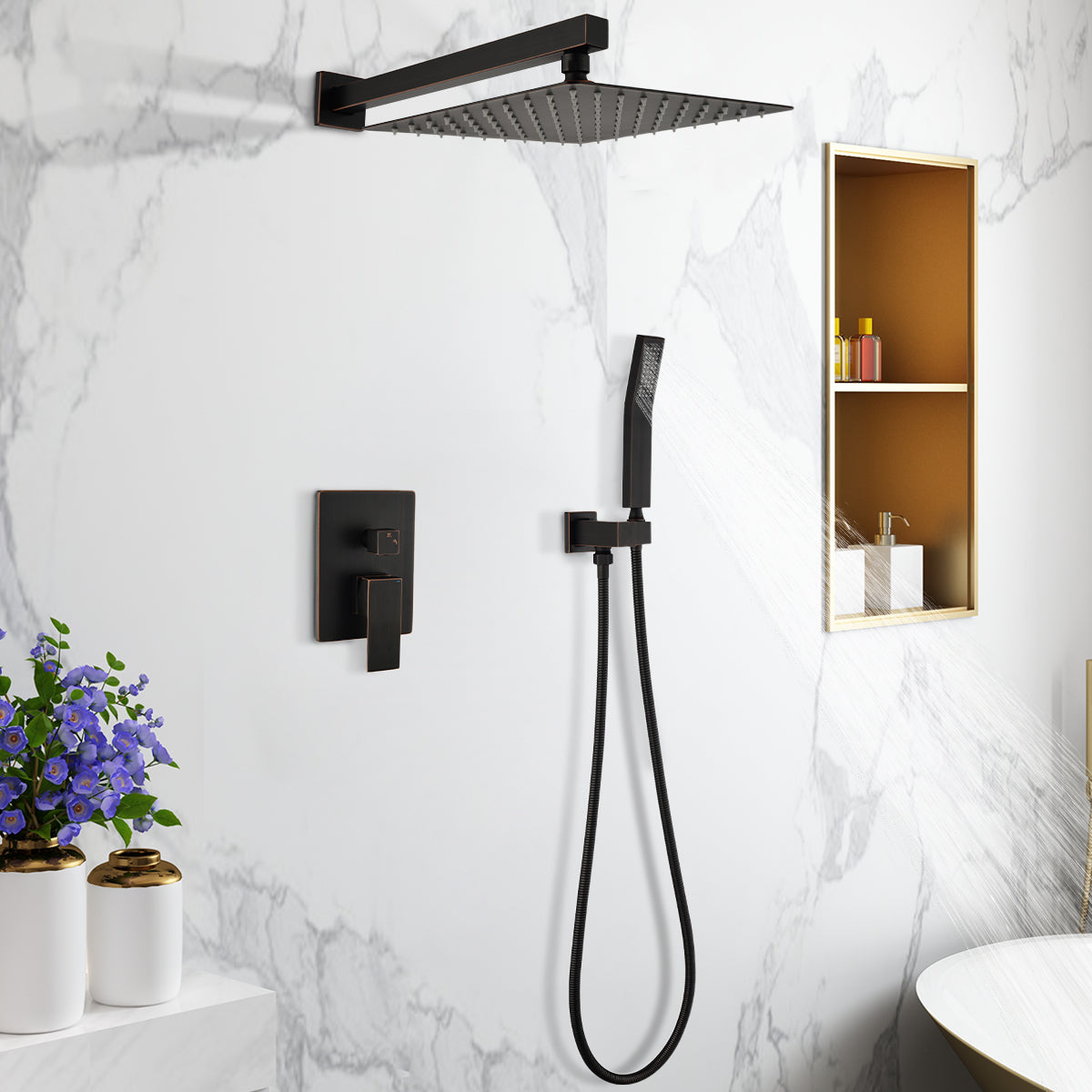











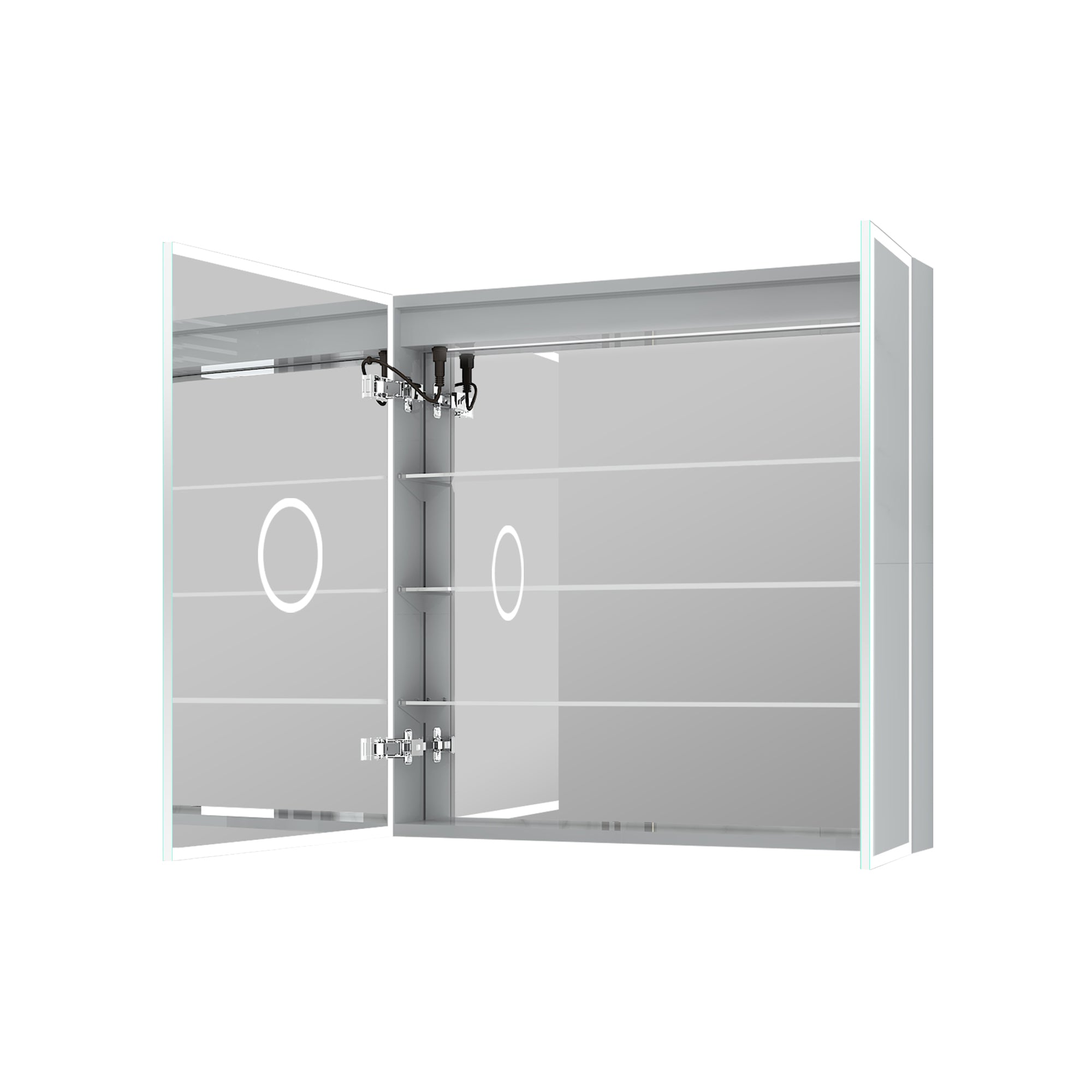
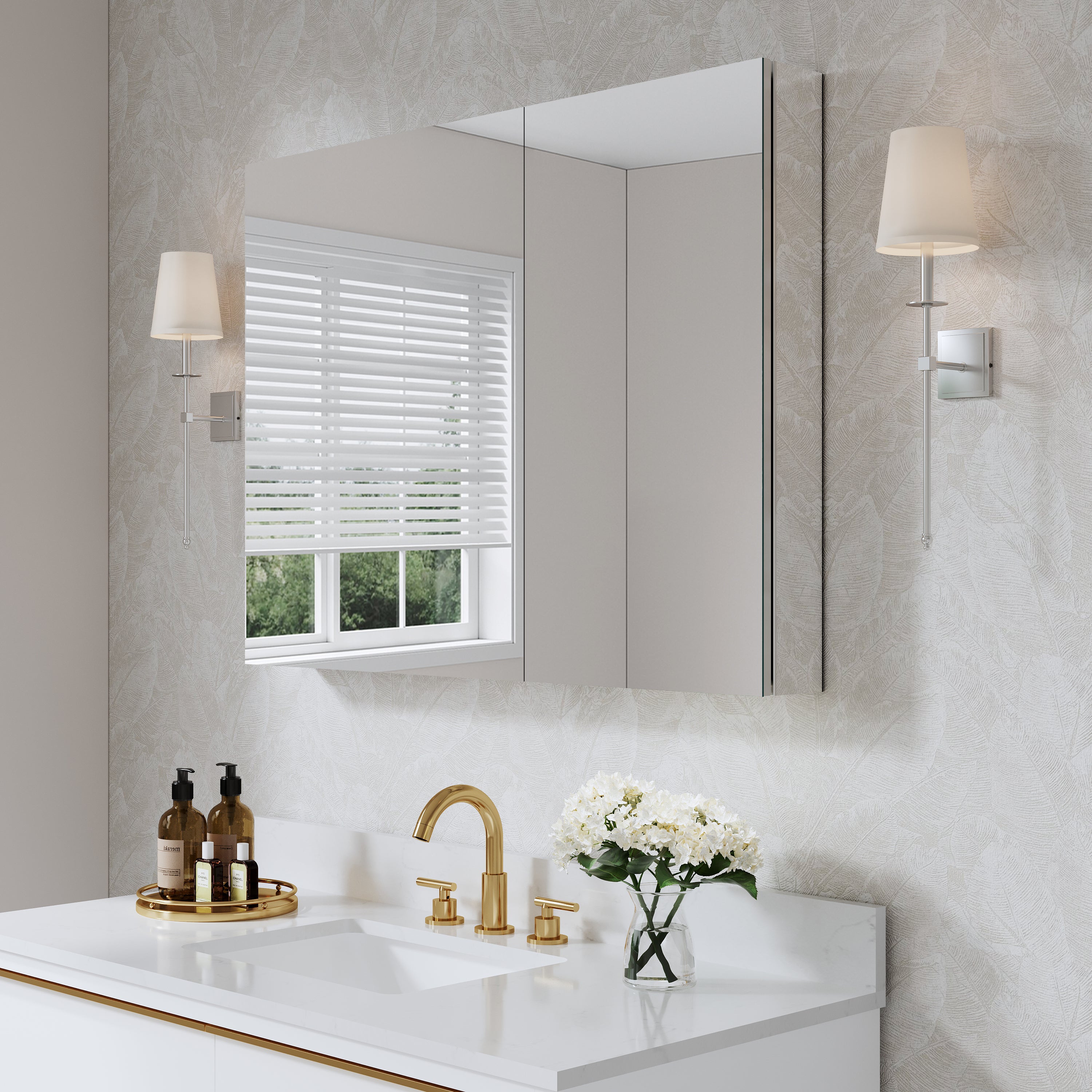


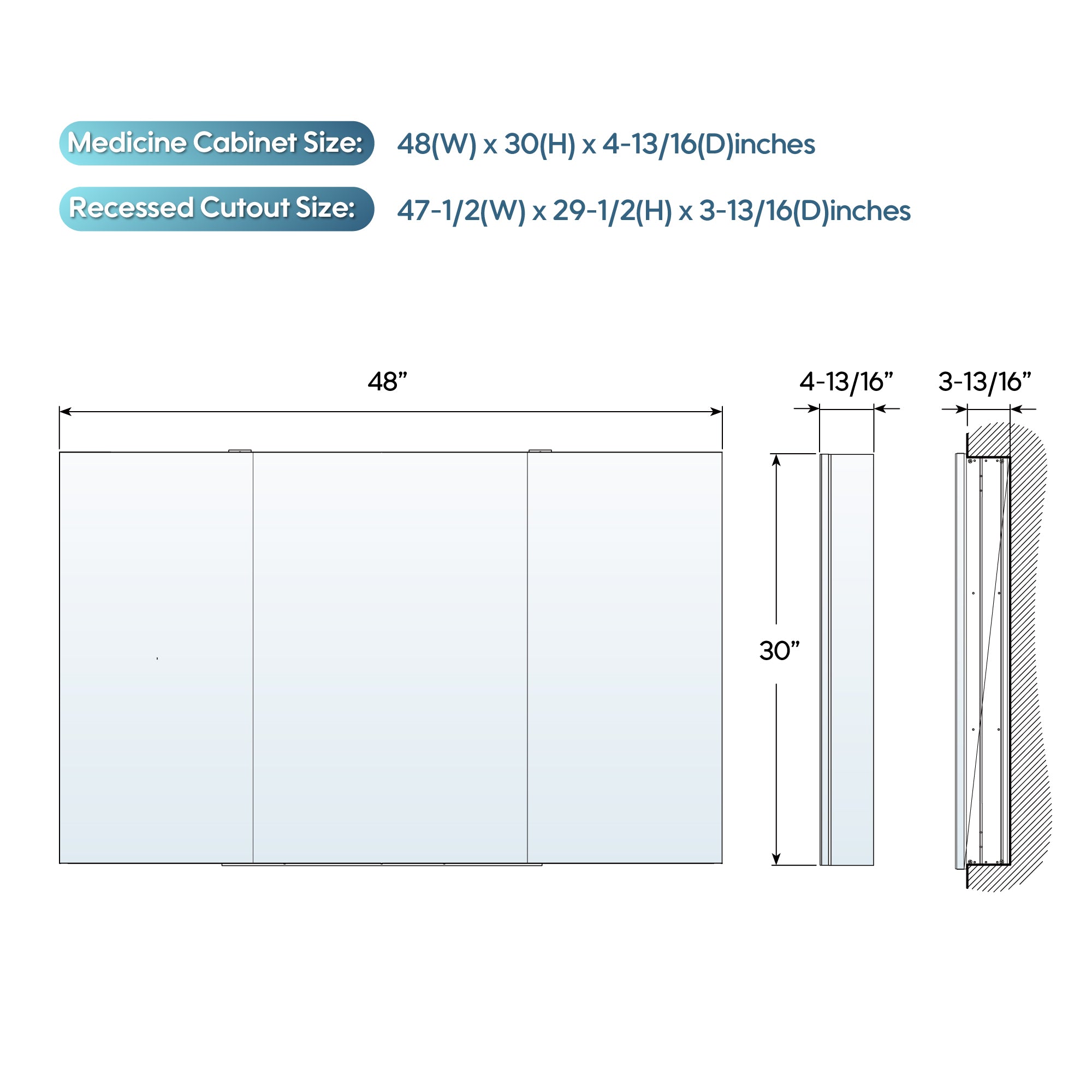











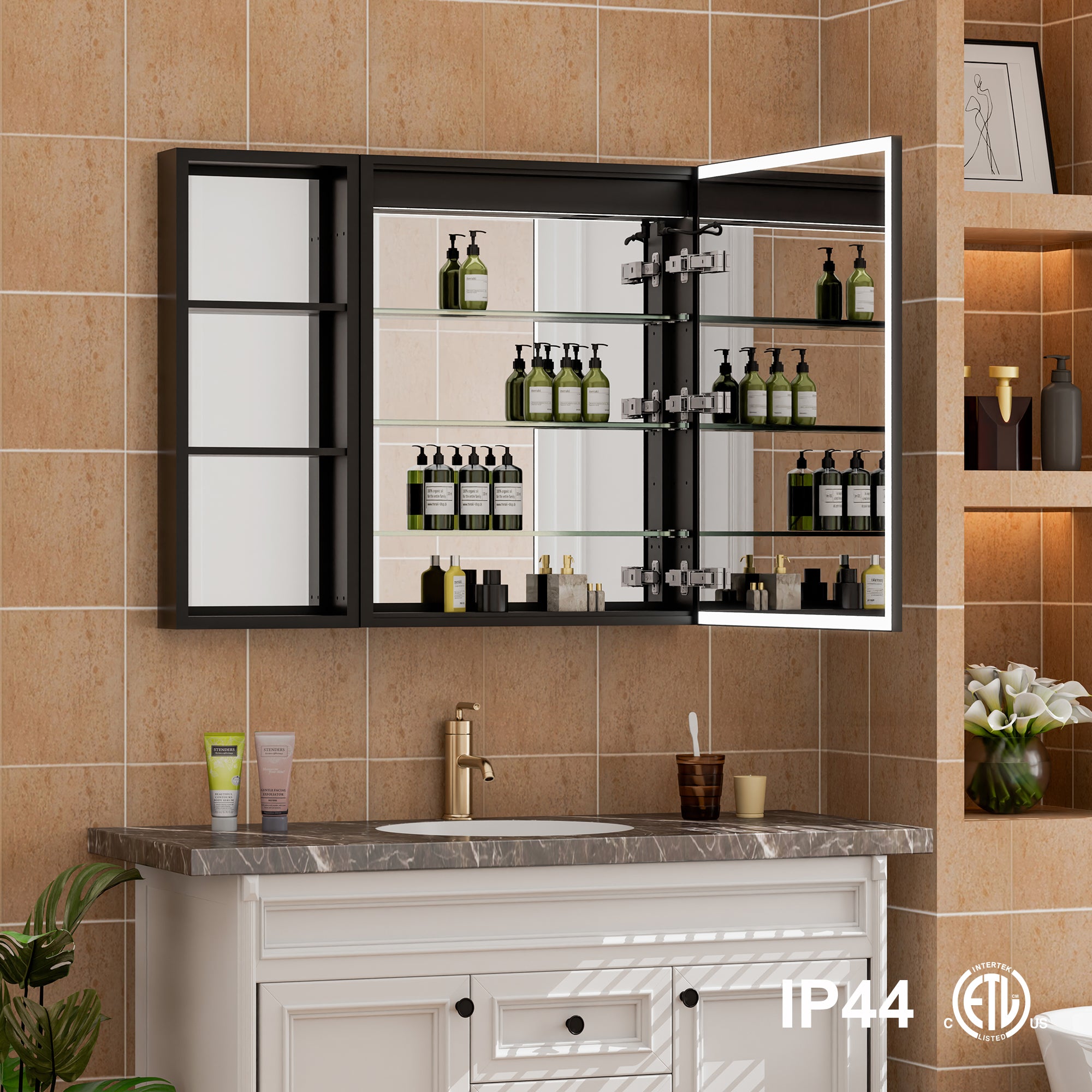

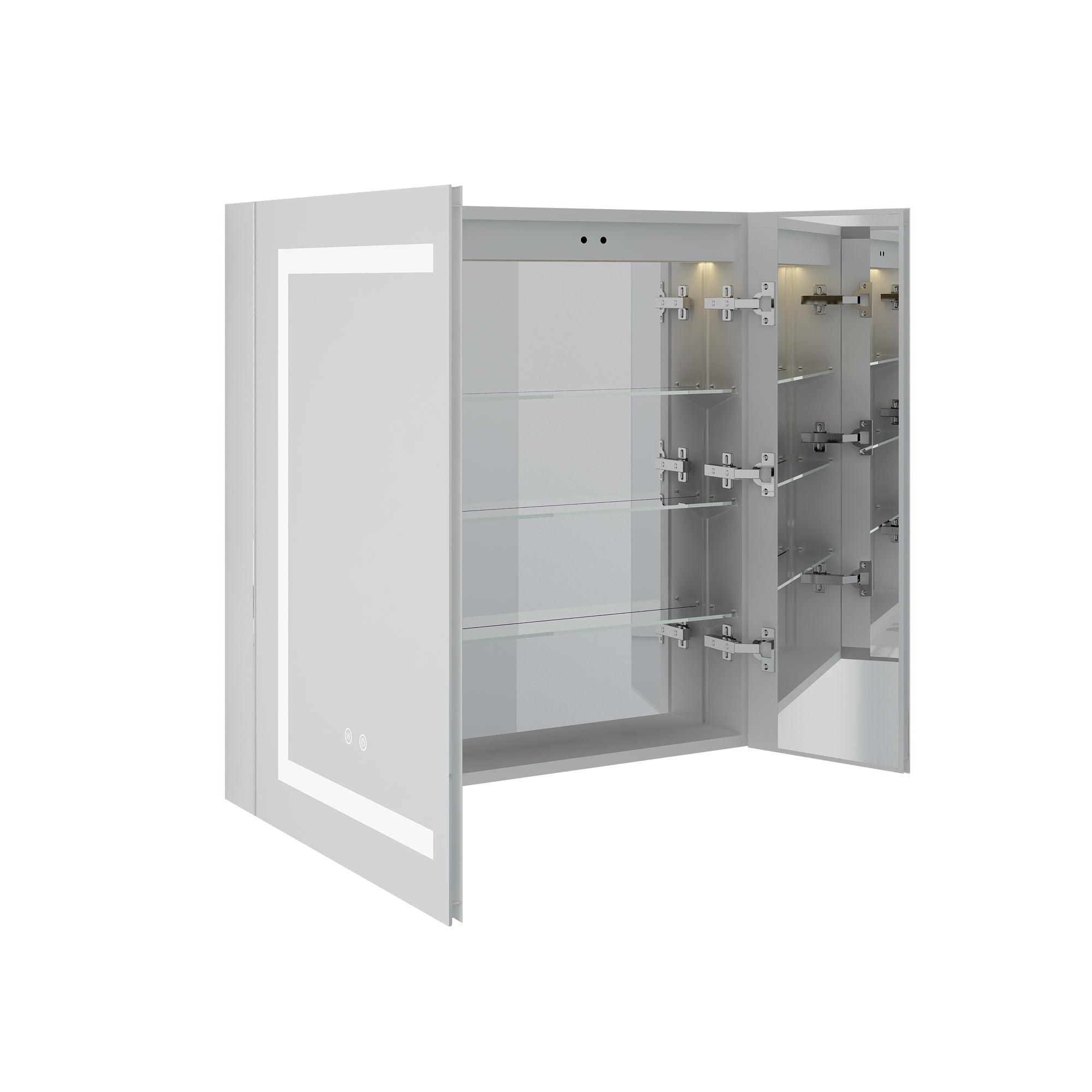











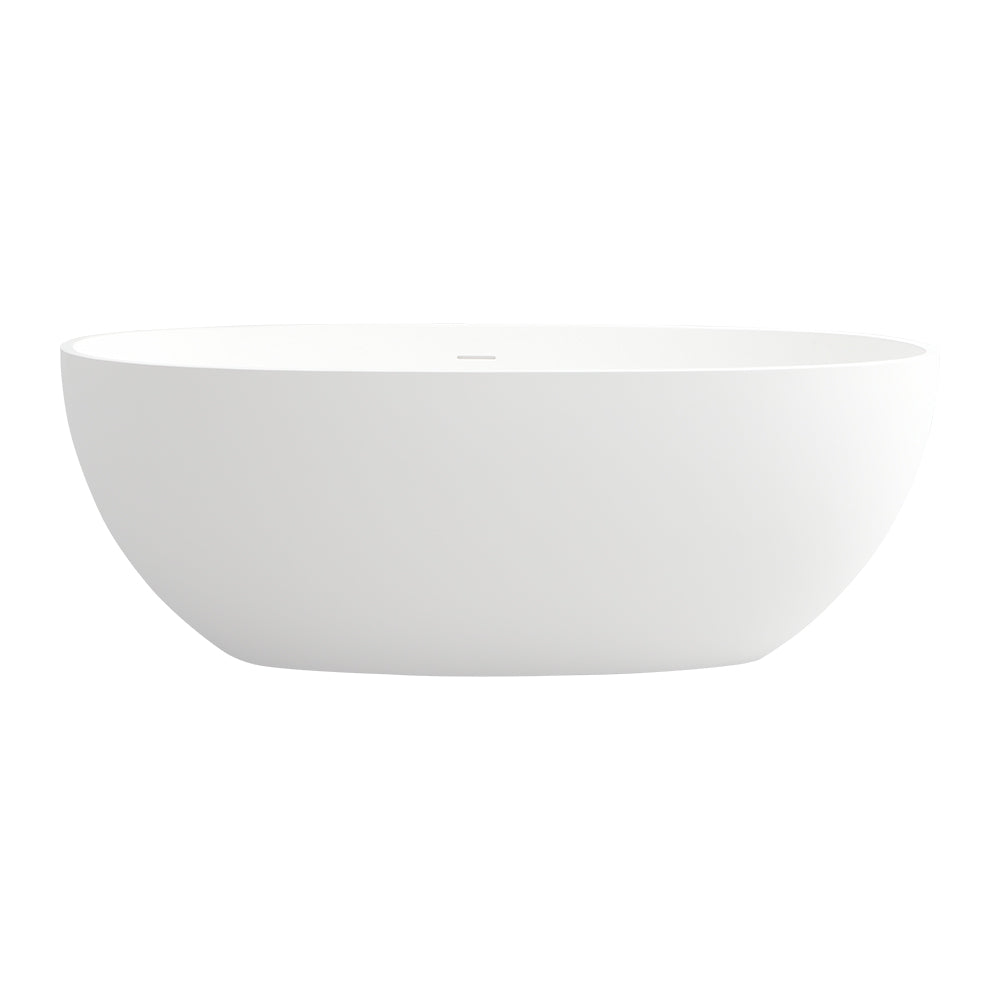




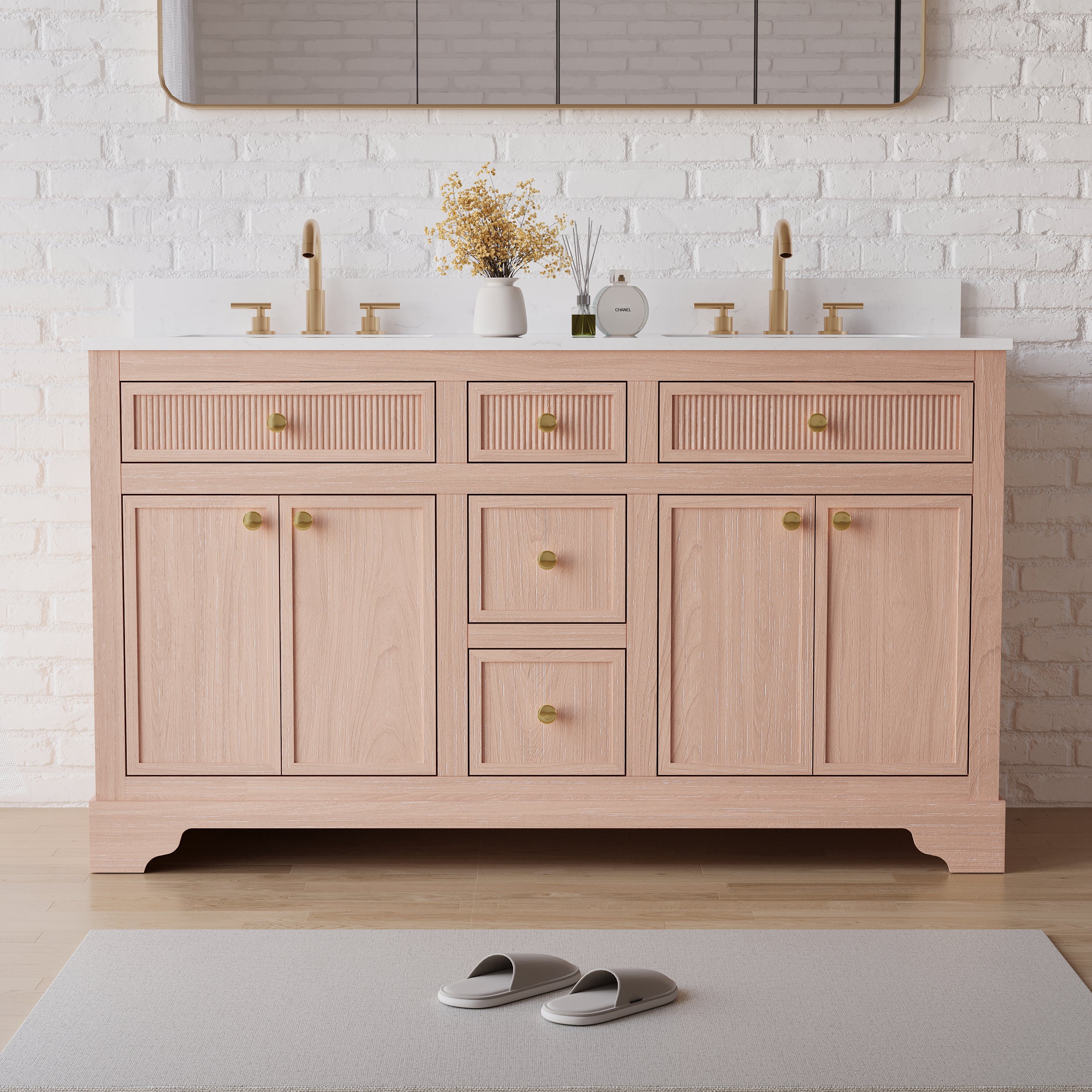



Leave a comment
This site is protected by hCaptcha and the hCaptcha Privacy Policy and Terms of Service apply.